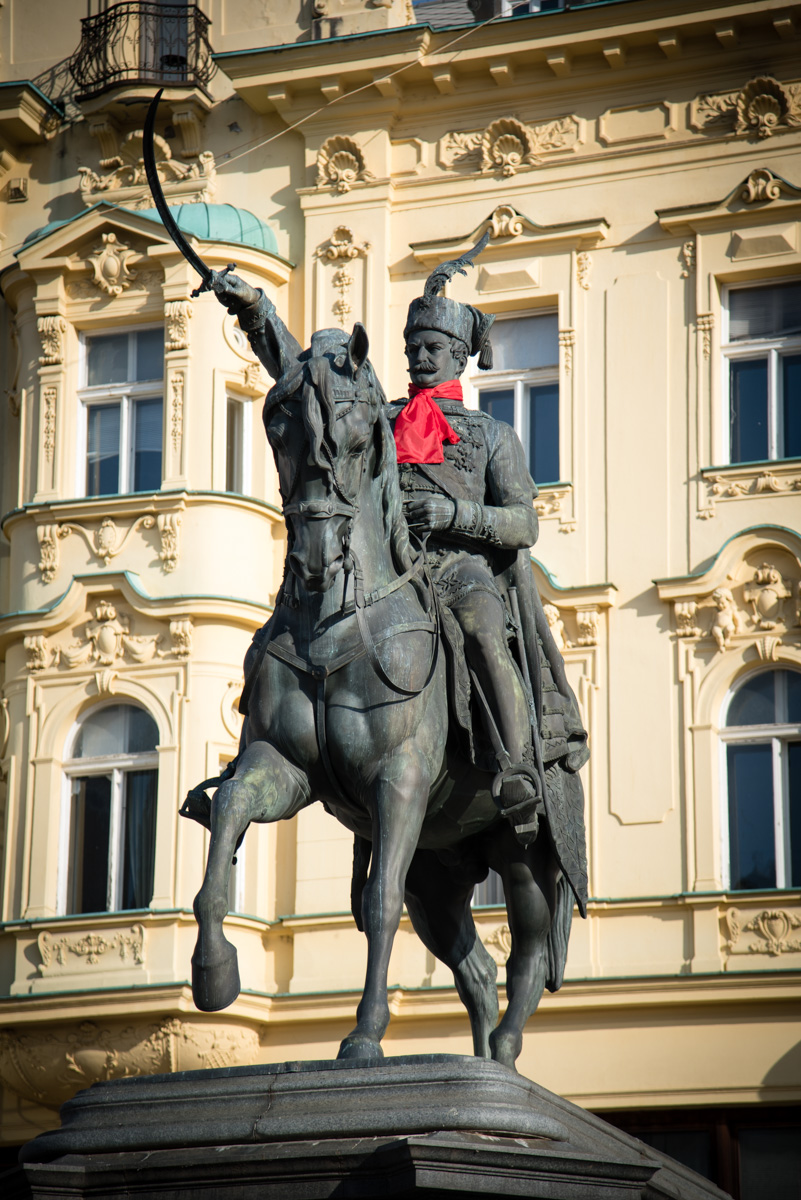One of the many Croatian inventions has its official day, but 18th October is marked as World Cravat Day.
The forerunner to the modern necktie was the Croatian invention of the ‘Cravat’.
The tie was first used as an item of clothing by Croatian soldiers back in the 17th century with the oldest Croatian portrait of a person wearing a cravat painted in Dubrovnik in 1622 depicting the great Croatian poet Ivan Gundulic with a scarf tied around his neck like a cravat.
The history of the necktie can be traced back to Paris in 1630. King Louis XIII was inspecting a line-up of Croatian mercenaries in traditional costume when his eye was taken by strange pieces of fabric that the soldiers seemed to be wearing around their necks. The materials on show ranged from tatty clothes for the soldiers to fine silks for the officers, but the stylishness was ubiquitous.
King Louis was impressed by this ingenious piece of the modern fashion. He recommended it be adopted by the people of France, and soon enough, the cravat became the hottest fashion accessory on the streets of Paris and other towns. The Croats had well and truly made their mark on 17th-century clothing conventions.
The third Croatian and European festival dedicated to the necktie has been going in the capital Zagreb and culminates on the 21st of October. The festival opened on the weekend with a tie being placed on the statue of Ban Josip Jelačić on Zagreb’s main square.

Ban Jelačić (Photo: Dhar Media)
“The cravat is a universal symbol of elegance and the culture of dressing, but it is powerful symbolic potential contains many other values. The vertical cravat symbolizes the human vertical – human dignity and self-awareness, moments of solemnity and ceremony, success and a business spirit… With its lightness on the one hand and the knot on the other, the cravat “binds” together freedom and responsibility. It encourages us to be more aware of the communication of our dignity and the dignity of others – our freedom, but also our responsibility. Due to its enormous symbolic power, the cravat is of great significance for Croatia and the world,” Marijan Bušić from Academia Cravatica said.
